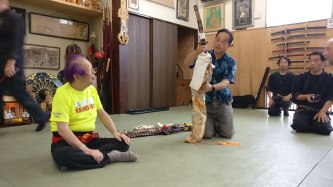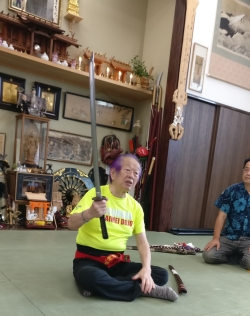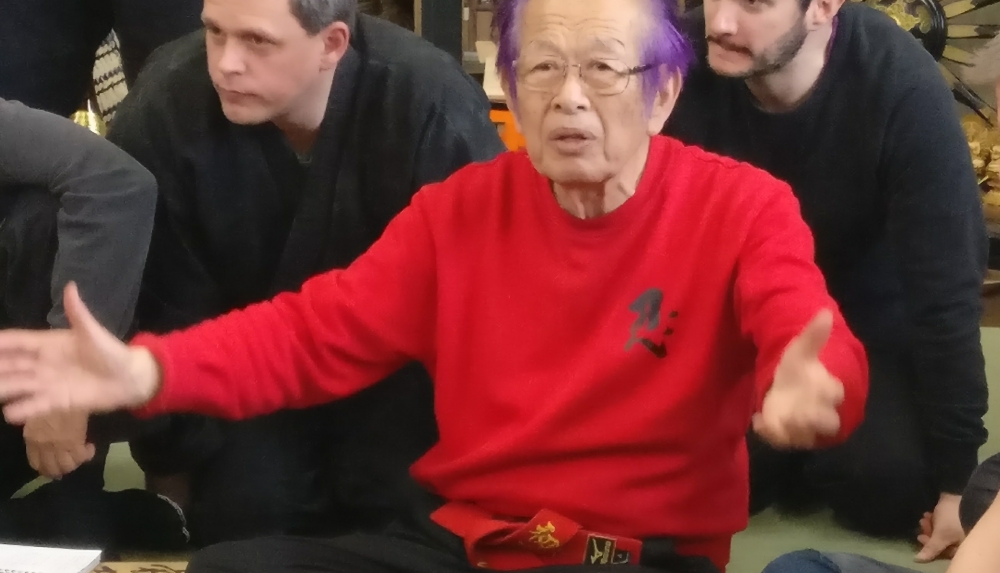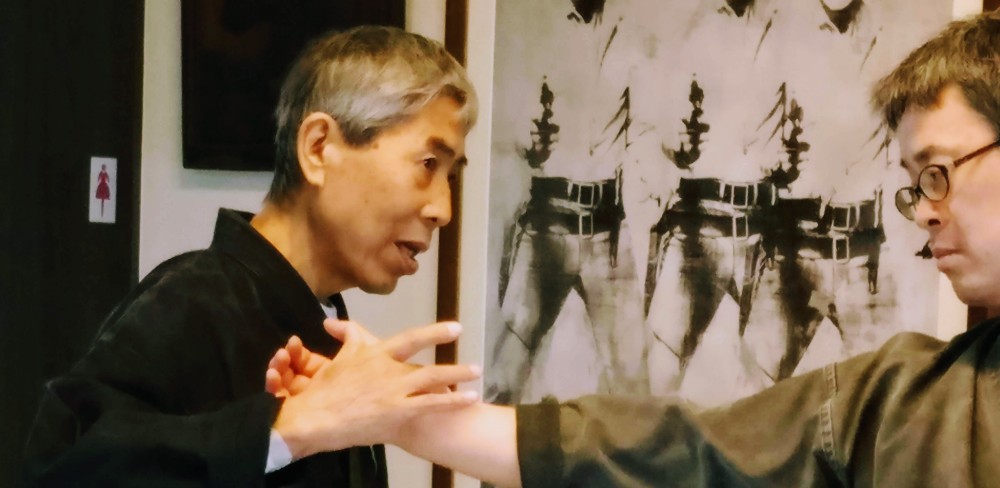Happiness Leads To Success!
From Shiro Kuma by kumablog

I landed in Japan, and while getting out of the airport, I felt happy.
It reminded me of sensei’s constant advice: “be happy!”
Over the years, I often wondered how to reach happiness. In fact, until a discussion I had with Sensei in 2008, I never considered being happy as part of my life. Digging into it, I discovered many things, about happiness. The main lesson is that happiness is not permanent, it is a state of mind. It is the ability to be happy with the small things in life. If you try to be happy 24/7, you will only cultivate unhappiness.
A few weeks ago, I read “the happiness advantage” by Shawn Achor, (1) in which the author details a 7-point method to be happy. As a Harvard teacher, he studied the relationship between happiness and success. And discovered that 80% of the students were not pleased. He also established that the happy ones were more likely to get more successful in life.
I share these principles here because they apply to Budō training:
Principle 1: The Happiness Advantage (Why Happier Workers Make Better Workplaces): Happy practitioners make better Dōjō.
Principle 2: The Fulcrum and the Lever (Change the Way You Think and Maximize Your Potential): There are no limits to what you can achieve.
Principle 3: The Tetris Effect (Rewiring a Stuck Brain): Change your perspective.
Principle 4: Falling Up (Learning Resilience): Survival is about resilience.
Principle 5: The Zorro Circle (Get Control of The Small Stuff): Improve your skills step by step, never give up.
Principle 6: The 20-Second Rule (Minimize Barriers to Change): Change is bliss.
Principle 7: Social Investment (It’s All About Friends): The Dōjō is like a second family, but you have chosen it.
He writes that “Success revolves around happiness, not the other way around.” This is what Hatsumi sensei is asking from us. When we try to be happy, we succeed. This is positive psychology applied to life and Budō.
When we train, we are often confronted by failure. But the moment, we do something we couldn’t do before, the feeling we experience is happiness. It is something that is coming from us, not something that we add. And the more we experience these small moments of joy, and the more chances we meet success. Everything seems more natural, and we have no limit to create our taijutsu.
Sensei is speaking a lot about control this year. Happiness is control. Shawn Achor explains that when you “gain control and focus on little changes,” “you can make the greatest improvements.” This is my 50th year of training in the martial arts. And this is speaking to me. The man I am today is the result of these “little changes.”
Budō taught me that willpower alone cannot affect change. Developing a positive attitude towards happiness is the most important thing.
Think about it. Your success, Sōkō (2), depends on your happiness, Kō (3). If you don’t work towards that goal, you will find death, Kō (4).
Be Happy!
_________________
1 https://www.amazon.com/Happiness-Advantage-Principles-Psychology-Performance/dp/0307591549
2 奏功/sōkō/success; achievement; fruition
3 幸/kō/good luck; fortune; happiness
4 薨/kō/death (of a nobleman, etc.)

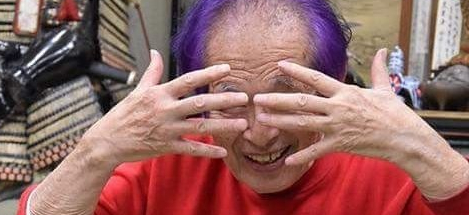


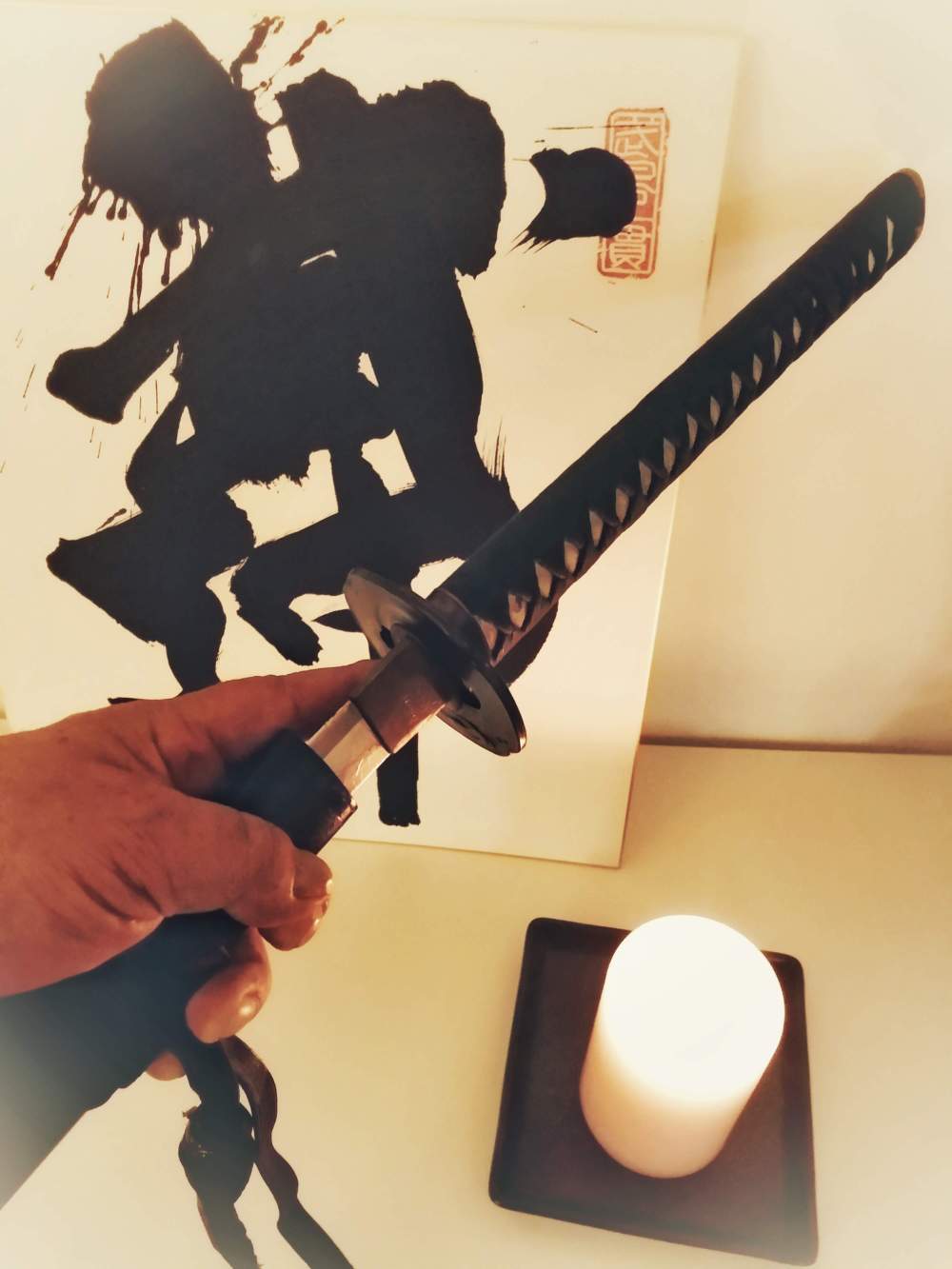
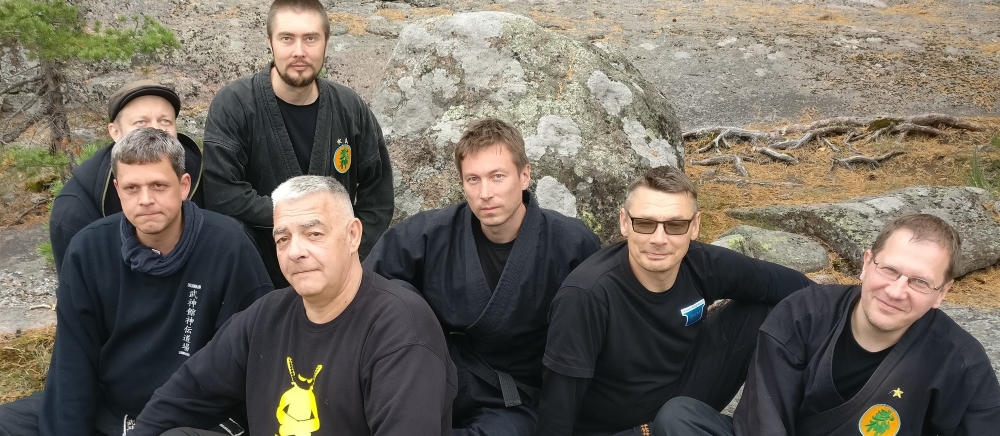

 Do not expect anything, but be prepared for everything.
Do not expect anything, but be prepared for everything.








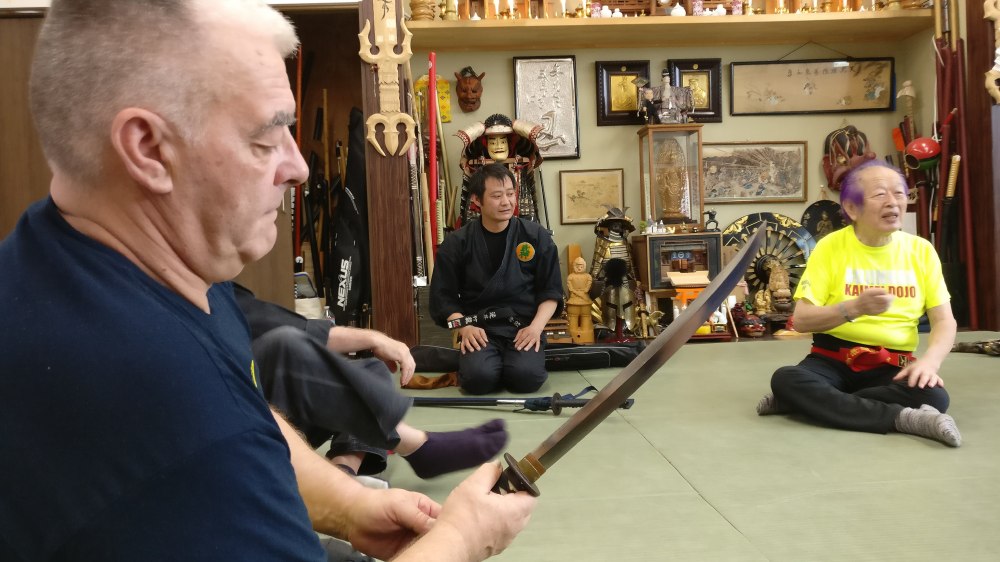
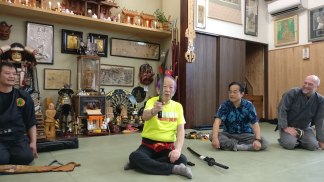
 History is significant when you train martial arts, this is not a sport. Japanese history is about survival, and these weapons made it possible.
History is significant when you train martial arts, this is not a sport. Japanese history is about survival, and these weapons made it possible.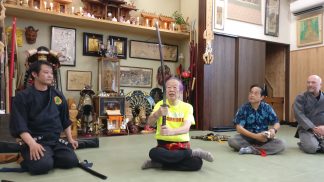 We have to study Rekishi should and investigate it seriously. That is if you want to get the knowledge of the Samurai.
We have to study Rekishi should and investigate it seriously. That is if you want to get the knowledge of the Samurai.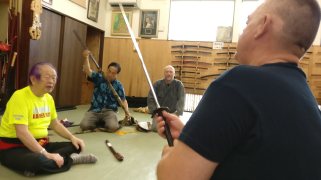 The history of the Samurai is what makes Japan so different from our own history. Initiated by Minamoto no Yoritomo with the Genpei War (fall of the Taira in 1185), a new Japan is born. (6)
The history of the Samurai is what makes Japan so different from our own history. Initiated by Minamoto no Yoritomo with the Genpei War (fall of the Taira in 1185), a new Japan is born. (6)